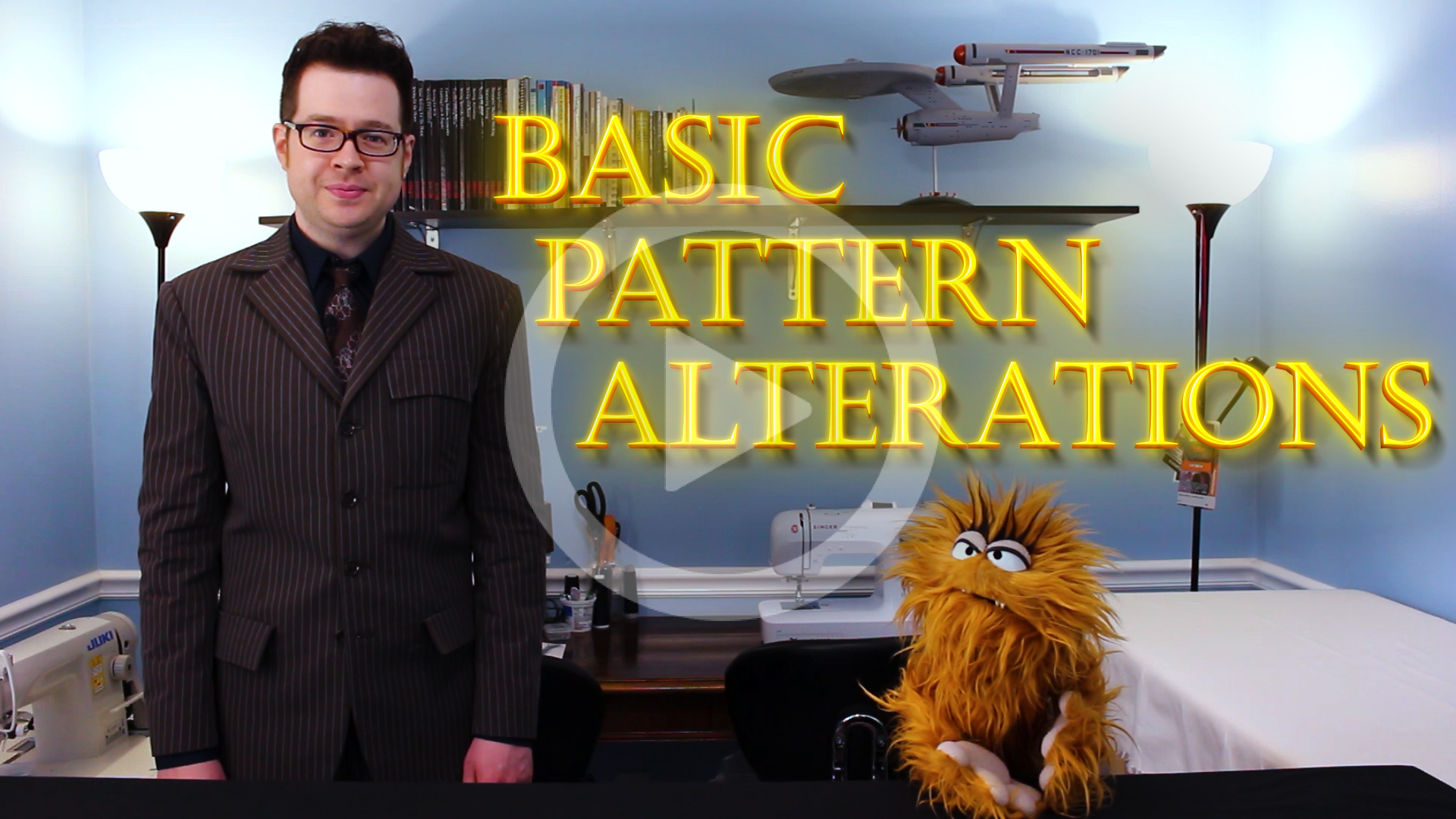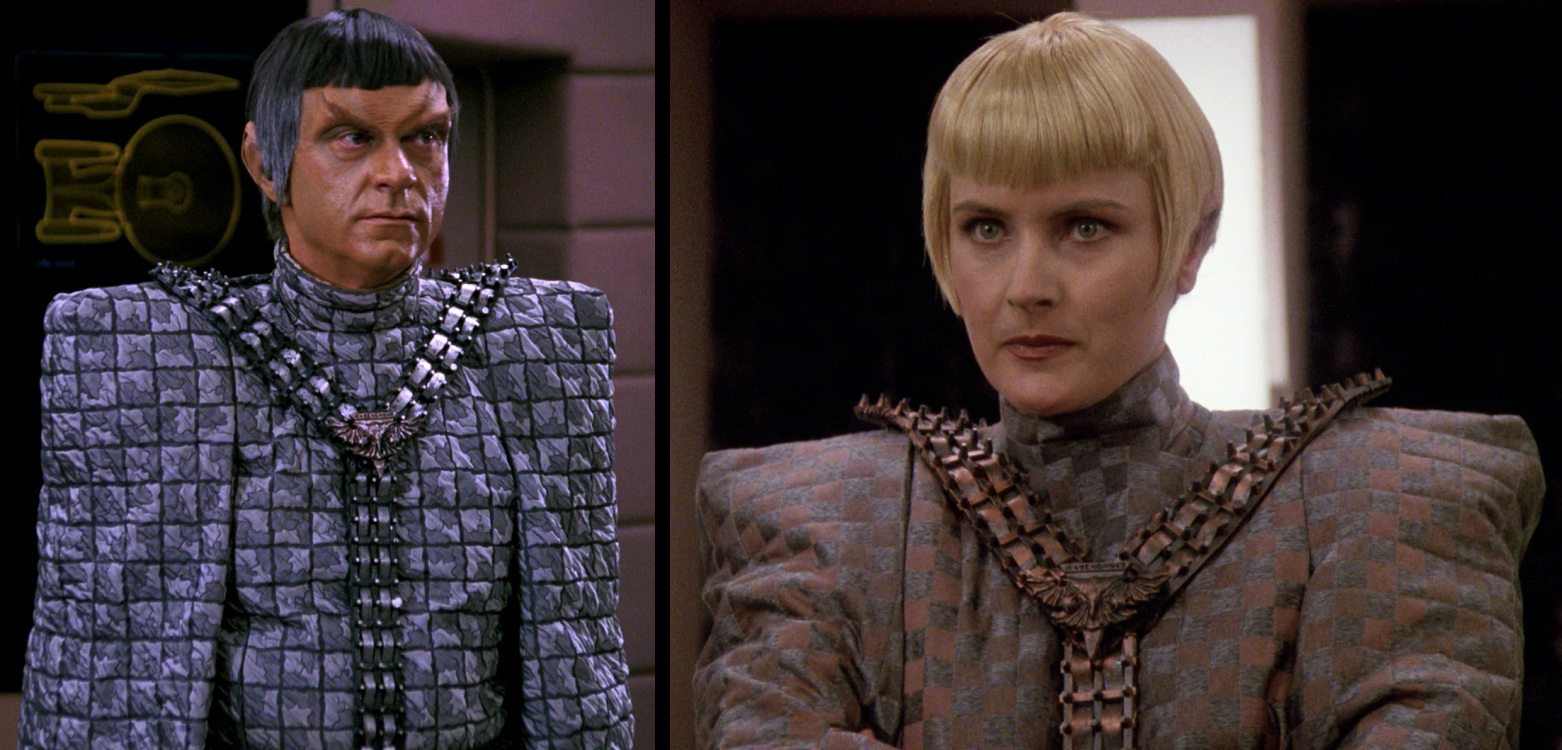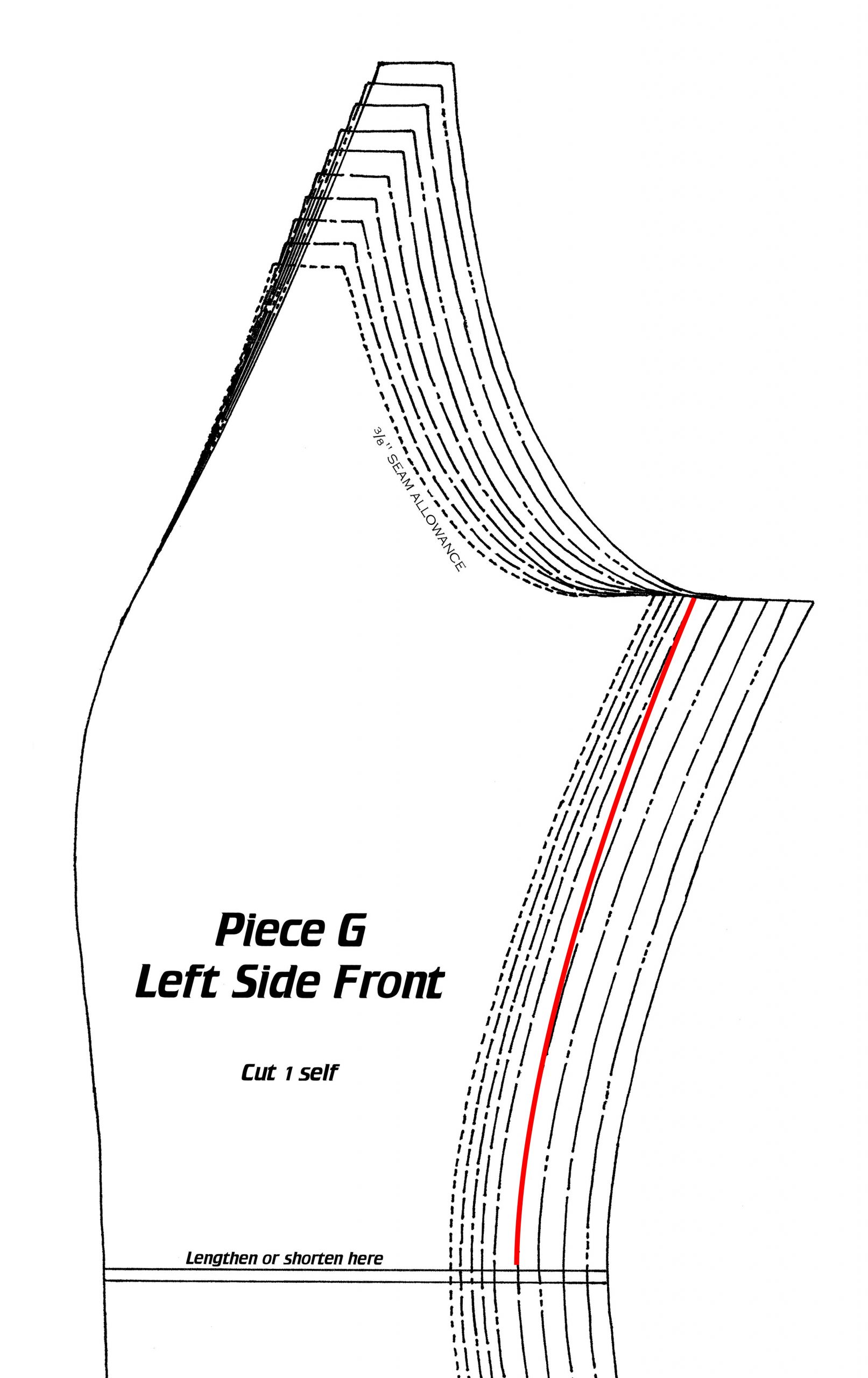As you’re aware, my Tailors Gone Wild TNG skant sewing patterns include ten graded sizing options, and ideally, one of them should be a perfect match to your body measurements.
However, while some costumers may find a perfect fit in one of the “default” pattern sizes (and I sincerely hope you do!), it is somewhat unlikely due to variations in height, weight, build, posture, musculature, and general physique.
Basically, people come in all shapes and sizes, and it’s impossible to make a pattern for something that will perfectly fit everyone – hence this portion of the tutorial, in which I’ll provide you with some fitting tips!
You may also find this free sewing lesson helpful, in which I discuss the two most common fitting issues and how to adjust for them. 🙂
Entire books have been written on the subject of pattern altering, fitting issues, and garment alterations, so I’ll only cover some of the most common fitting issues and how to adjust your sewing pattern for them if needed, starting at the top of the body.
Shoulders
In my opinion, the shoulders of the TNG-era uniforms (especially the early ones) can be particularly difficult to properly fit.
Unlike, say, a suit jacket, there’s negligible wearing ease and no structuring to “idealize” the wearer’s silhouette and/or compensate for any physical abnormalities.
These uniforms were basically skin-tight, with only the shoulder pads to help smooth the yoke as it extended over the shoulder.
There are two primary factors regarding an ideal fit in the shoulder area: the shape/slope of the wearer’s shoulders in relation to those on the pattern, and the loft of the shoulder pads.
Determining the ideal loft of the shoulder pads may require some experimentation, but using pads of appropriate loft to achieve the intended, rounded “silhouette” should prevent any problems in the shoulder area on most wearers with “normal” shoulder slopes.
If you have more sloped shoulders – resulting in excess, loose fabric in the shoulder area – increasing the loft of the shoulder pads may help solve your problem.
Or the opposite for more “square” shoulders – which result in a tight fit and pulling fabric – using thinner shoulder pads may help since the body’s shoulders already fill most of the hollow area.
In either case, simply adjusting the loft of the shoulder pads may remedy the issue, without the need for doing any pattern alterations at all.
If you have fitting issues in the shoulder area and adjusting the shoulder pads didn’t solve them, some garment and/or pattern adjustments may be necessary.
For minor alterations (say, no more than ¼” on each side of the seam, or ½” total), you can simply take in or let out the seam while sewing.
Or, you can redraw the seam lines on the printed pattern to maintain the original amount of seam allowance (½”, in this case).
For sloped shoulders, the shoulder seams can be taken in as needed, as demonstrated below (the shape of the yoke examples are simplified for easier demonstration):
For square shoulders, the shoulder seams can be let out as needed, as well:
Adjust each side of the seam by half the total amount necessary; for instance, if you need to let the shoulder seam out by ½”, then let it out ¼” on the front and ¼” on the back. If you need to take the shoulder seam in by ½”, then likewise take it in ¼” on the front and ¼” on the back.
I suggest not letting out the shoulder seams any more than you need to, though, only to have to pad out the additional fullness with taller shoulder pads.
We’re not going for the TNG-era Romulan look!
For the remainder of the skant body (chest and below), most necessary alterations can be achieved using either of the following techniques, or a combination of the two.
Horizontal Fitting
The first technique is making use of different pattern sizes in different areas of the body.
The primary areas in which this is likely to be most relevant are the chest/bust, waist, and hips.
If one of your body measurements closely matches one pattern size, but another part of your body closely matches a different size, an ideal fit could probably be achieved by simply segueing between the two sizes.
This is accomplished by tapering the patterned seam lines from the first size into the second one.
For minor chest-to-waist adjustments (up to about 2”), I recommend working exclusively with the side seams and leaving the side front and side back seams as they are.
For example, if a size 14 is perfect around the chest/bust but size 16 is a better fit around the waist, beginning at the size 14 corner of the underarm, draw a new edge downward (toward the waist) and segue the new edge into the size 16.
The same process can also be used to transition between a larger size to a smaller size.
When making chest-to-waist adjustments, be sure to alter all four side panels (right side front, right side back, left side front, and left side back) in the same manner!
For more extreme adjustments, it may be necessary to adjust the side front and/or side back seams in this manner, as well.
This technique of tapering from one size to another can also be used from the waist to the hips, although considering the fullness of the “skirt” on the women’s version, this is more likely to be an issue with the men’s.
Using this technique, one could theoretically make a customized skant in a combination of three different pattern sizes: one size for the chest, another for the waist, and another for the hips.
TIP: When redrawing the edges of the pattern, a “hip curve” ruler is extremely helpful!
Vertical Fitting
The second fitting technique is in regard to vertical adjustments, rather than horizontal ones – i.e. adjusting for the height of the wearer, and/or the length of the wearer’s torso.
This involves making use of the lengthen/shorten lines on the printed pattern.
NOTE: On the Tailors Gone Wild TNG skant sewing patterns, the lengthen/shorten lines are approximately waist-level.
Naturally, some people will be taller while others are shorter; however, the additional height (or lack thereof) may be primarily located in different areas.
For example, even though two people might be the same height and taller than average, one might have longer legs, while the other has a longer torso. The pattern would need to be adjusted differently for each of these individuals.
TIP: If you’re wanting an authentic replica TNG skant, try to avoid the temptation of lengthening your skant any more than absolutely necessary! As you may recall, these things were short – especially the ladies’. In fact, men, unless you’re unusually tall, you might want to actually shorten the pattern an inch or two, because I drafted it to be a bit on the longer side. Of course, for taller wearers of both genders, some lengthening may be necessary. Just keep in mind the ideal finished length – whatever that is to you.
To shorten the garment, simply fold the pattern paper upward at the lengthen/shorten lines, then back down again the appropriate distance away, or simply cut along the horizontal lines and overlap the two (upper and lower) portions however much is necessary. Straighten, curve, or taper the edges if needed.
To lengthen the garment, cut the pattern piece along one of the horizontal lines so it becomes two separate pieces.
Draw two parallel lines on a separate sheet of paper, however far apart the garment needs to be lengthened.
Insert the paper underneath the pattern pieces, cut edges flush with the two lines you drew, and tape the pieces together.
Using a ruler and pencil/pen, connect the upper and lower edges of the pattern piece across the insert. Cut along these lines to form your new, lengthened pattern piece.
Obviously, the same adjustment needs to be made on all the appropriate pattern pieces for the skant to go together properly!
For demonstrations of the processes I just described, check out the aforementioned free sewing lesson on basic pattern alterations. 🙂
CONGRATULATIONS!
YOU'RE FINISHED!

If you found this sewing tutorial helpful, please support my costume research on Ko-Fi!
Every bar of gold-pressed latinum helps me produce more sewing/costuming resources like this. 🙂







